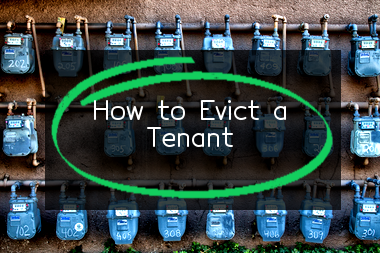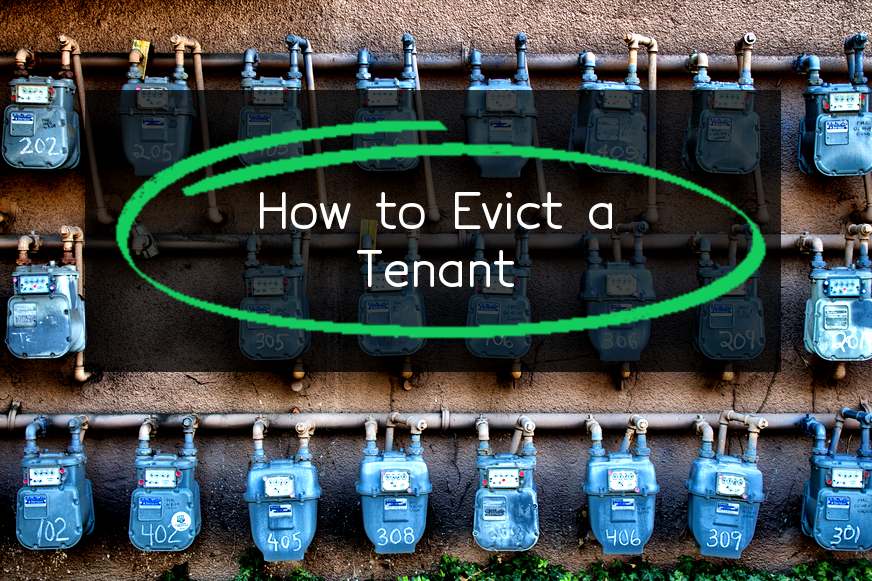Evicting a tenant varies from country to country and may be subject to a legal process. It is recommended to seek legal advice from a qualified attorney or property management professional before taking any legal steps to evict a tenant.
Eviction starts with a paper trail
Keeping a paper trail is important for several reasons:
- 1Evidence: A paper trail provides evidence of what has been done or said. This can be helpful in settling disputes or proving compliance with regulations or laws.
- 2Traceability: A paper trail makes it possible to trace a process or decision-making process from beginning to end. This can be useful for quality control, auditing, or process improvement.
- 3Accountability: A paper trail helps to hold people accountable for their actions and decisions. If something goes wrong, a paper trail can help to identify who was responsible.
- 4Communication: A paper trail can help to ensure that everyone involved in a process or decision is on the same page. This can be important in complex or long-term projects where communication is vital.
- 5Legal compliance: Many laws and regulations require that certain documentation be kept. A paper trail can help to ensure that a company or organization is in compliance with these requirements.
Know state and local eviciton laws
Knowing state and local eviction laws is important because the laws determine the process through which a landlord can evict a tenant. This includes the notice period, the grounds for eviction, and the steps that a landlord must take to gain possession of the rental property. Failure to adhere to eviction laws can lead to legal complications, such as the voiding of eviction notices or being taken to court by a tenant. Additionally, each state can have different laws, so it's important for landlords to become familiar with the specific laws in the state where the rental property is located. By following state and local eviction laws, landlords can ensure that they are within their legal rights and that the eviction process is as smooth as possible.
Overview of how to evict a tenant
First and foremost, eviction should only be the last resort and should follow the due procedures as per the tenant laws applicable in your region. Here's a general overview of the eviction process:
- 1Review the lease agreement: Before beginning the eviction process, it is important to review the lease agreement between you and the tenant to ensure that your actions comply with the lease.
- 2Provide notice: You must provide the tenant with a notice of eviction that specifies the reason for the eviction and the timing of the eviction. The amount of notice required can differ depending on the region and the type of eviction, such as a for-cause or no-cause eviction.
- 3File a lawsuit: If the tenant does not comply or remediate the situation, then the landlord can file a lawsuit to begin the eviction process. In most cases, the lawsuit is filed with the local court system.
- 4Attend a hearing: Once the lawsuit is filed, both the tenant and the landlord will be notified of a hearing date where arguments can be presented.
- 5Obtain an eviction order: If the court rules in favor of the landlord, an eviction order may be issued, requiring the tenant to leave the property within a specific timeframe.
- 6Eviction: If the tenant does not leave the property within the specified timeframe of the eviction order, the landlord may seek assistance from law enforcement to remove the tenant from the property.
It's worth noting that the eviction process can be complex and has many nuances depending on the location and type of eviction. It's essential that landlords follow the local legal requirements and regulations that govern evictions.
Eviciton Process Step 1: Written Notice
A written notice is a document that is provided to someone to alert them about a situation or event. Written notices are important because they document the facts and provide a record of the communication between parties. Here's why and how to provide a written notice:
Why provide a written notice:
- To document the communication: Written notices provide a clear and concise record of the communication between parties. This can be important if a dispute arises in the future.
- To ensure the receiver understands the situation: Written notices can be used to clarify the situation for the receiver and ensure that they understand what is expected of them.
- To provide evidence: Written notices can be used as evidence in legal proceedings.
How to provide a written notice:
- 1Start with a clear statement of the purpose of the notice.
- 2Explain the situation in detail. Be specific and include relevant dates, times, and locations.
- 3Clearly state the action that is required, if any.
- 4Provide contact information in case the receiver has any questions or concerns.
- 5Sign and date the notice.
It's important to ensure that written notices are professional and courteous. Avoid using accusatory language or making personal attacks. Stick to the facts and keep the tone neutral.
Eviciton Step 2: file in court
But here are the general steps you can follow to file a case in court:
- 1Determine the jurisdiction and venue where you should file your case. Jurisdiction refers to the court's authority to hear a particular case, while the venue is the geographical location where the court has jurisdiction over the case.
- 2Draft your pleadings or legal documents, which typically include a complaint or petition that outlines your claims and the relief or remedy you are seeking from the court.
- 3Prepare any necessary supporting documents, such as evidence or affidavits, to support your case.
- 4File your pleadings and supporting documents with the court clerk in the proper jurisdiction and venue. You will typically need to pay a filing fee at this stage.
- 5Serve your pleadings and supporting documents on the other party or parties involved in the case, usually through a process server or by certified mail.
- 6Attend any required preliminary hearings or conferences, and follow all procedural rules and deadlines set by the court.
- 7Participate in any required mediation or negotiation sessions, and try to reach a settlement with the other party if possible.
- 8Attend any required trial or hearing, present your evidence and arguments, and await the court's decision.
- 9If the court rules in your favor, take steps to enforce its decision and collect any awarded damages or other remedies.
Just one more thing: if you liked the article, please like us on social media and share this article with friends.



